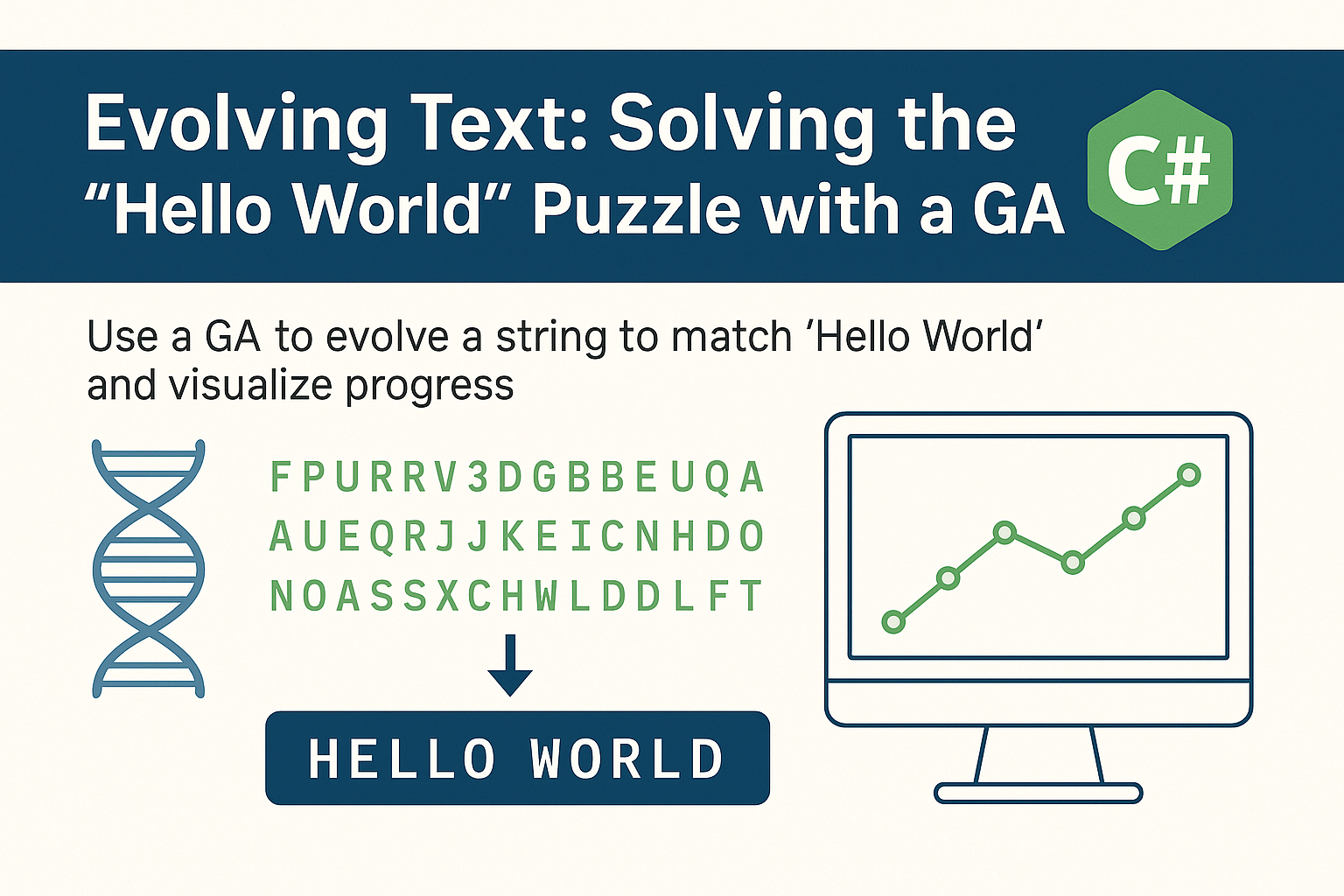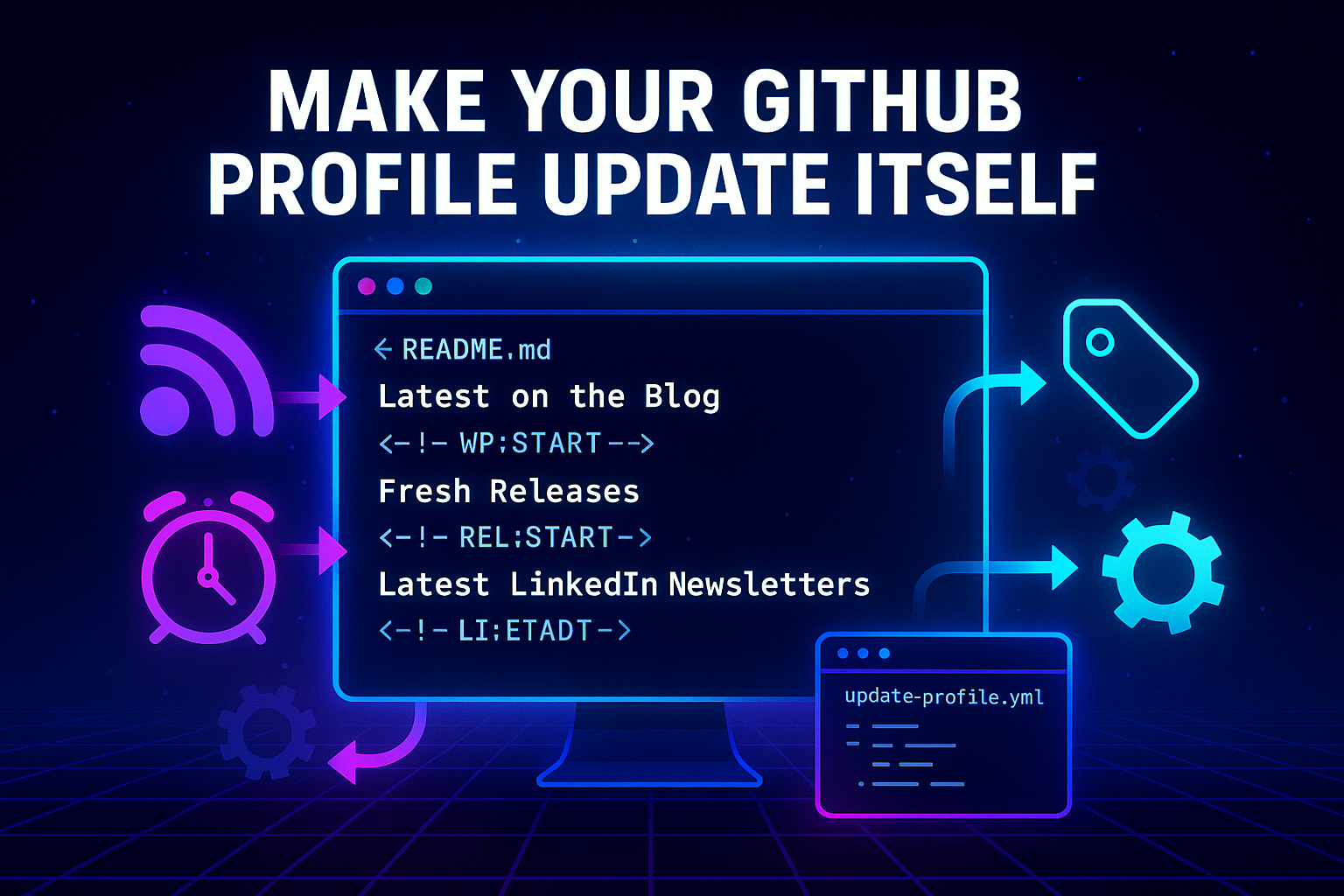
Demystifying Socket Programming: A Gateway to Networked Applications
- Chris Woodruff
- January 7, 2025
- Network Book Sample
- .NET, Book, C#, dotnet, network, programming
- 0 Comments
NOTE – This post is an example from the book “Beyond Boundaries: Networking Programming with C# 12 and .NET 8”. For a deeper dive into socket programming and more networking concepts, visit https://csharp-networking.com/ or get your copy of the book on Leanpub.
Blog Posts in this Series
- Part 1: Demystifying Socket Programming: A Gateway to Networked Applications
- Part 2: The Backbone of Digital Communication: Understanding the Client-Server Model
- Part 3: Socket Types: Choosing the Right Tool for the Job
- Part 4: C# Socket Programming Essentials: Creating and Configuring Sockets
- Part 5: Building Bridges: Client-Side Socket Programming in Action
- Part 6: Handling Complexity: Server-Side Socket Programming Explained
- Part 7: Real-Time Communication: Effective Data Exchange with Sockets
- Part 8: Error Handling and Graceful Shutdowns in Socket Programming
- Part 9: Managing Client Sessions: Tracking and Personalizing Connections
In today’s breathtakingly interconnected world, where technology orchestrates every facet of our lives, socket programming emerges as the unsung hero, the invisible thread weaving together the fabric of seamless communication between devices and applications. It’s not just a technical concept—it’s the heart of digital connection, the engine driving our hyper-connected reality. From the moment you check your email on your smartphone to the instant you stream your favorite show on your smart TV, socket programming is there, making it all possible.
But let’s pause briefly: What is socket programming, and why does it matter so deeply?
Picture this: a socket is like a digital handshake, a virtual plug that bridges applications, enabling them to whisper secrets or shout messages across the room or the globe. Whether it’s a smartphone chatting with a server to fetch your morning weather update or a gaming console streaming a pulse-pounding multiplayer experience, sockets are the unseen magic at play, making these digital experiences possible.
Why is Socket Programming the Lifeblood of Modern Tech?
Socket programming is not just important—it’s indispensable. It’s the foundation beneath the apps we adore and the systems we rely on, tirelessly enabling interactions we often take for granted. Let’s explore some electrifying examples:
Web Services
Every time you browse the web, sockets are quietly laboring behind the scenes. They fetch your favorite memes, deliver heartwarming articles, and serve up streaming videos with laser-like precision.
Real-Time Communication
Imagine FaceTiming a loved one thousands of miles away. Those crystal-clear video streams and near-instant audio are made possible by the relentless efficiency of sockets, ensuring your connection feels like magic.
IoT Devices
From smart refrigerators reminding you to restock milk to doorbell cameras keeping your home secure, the Internet of Things (IoT) relies on sockets to transmit data seamlessly between devices, creating the “smart” in your smart home.
Why Should Developers Care?
Here’s the truth: Understanding socket programming doesn’t just make you a better developer and a solution architect capable of building bridges between systems, crafting solutions that scale effortlessly, and solving problems that demand ingenuity and grit. It’s your ticket to creating applications that aren’t just functional but exceptional, and it’s a sure way to boost your confidence in your skills.
This is more than coding. This is empowerment. This is mastery.
So, get ready for an exciting journey! In the posts to come, we’ll unravel the intricate art and unyielding science of socket programming, equipping you with the skills to create applications that transcend expectations and redefine connectivity.






